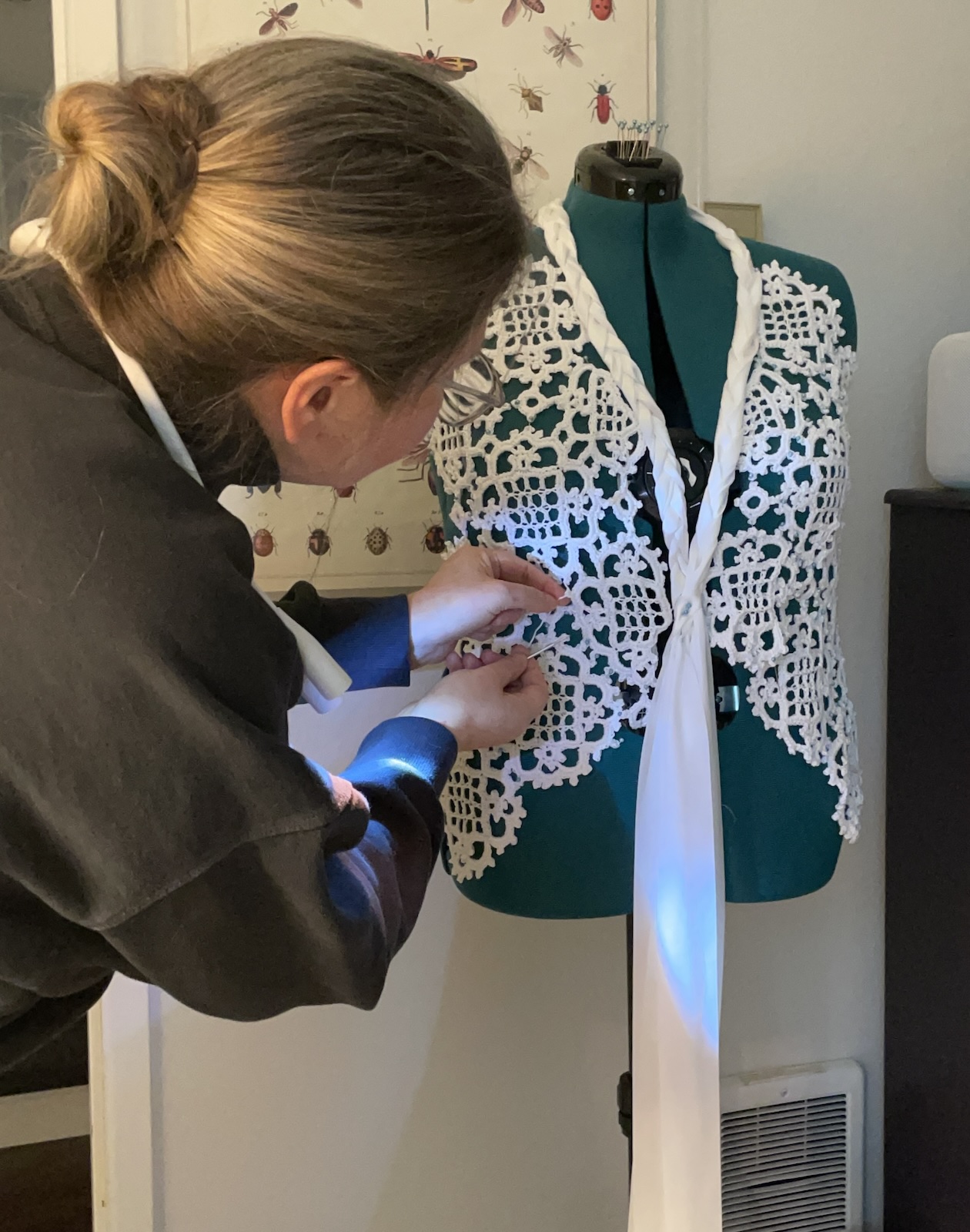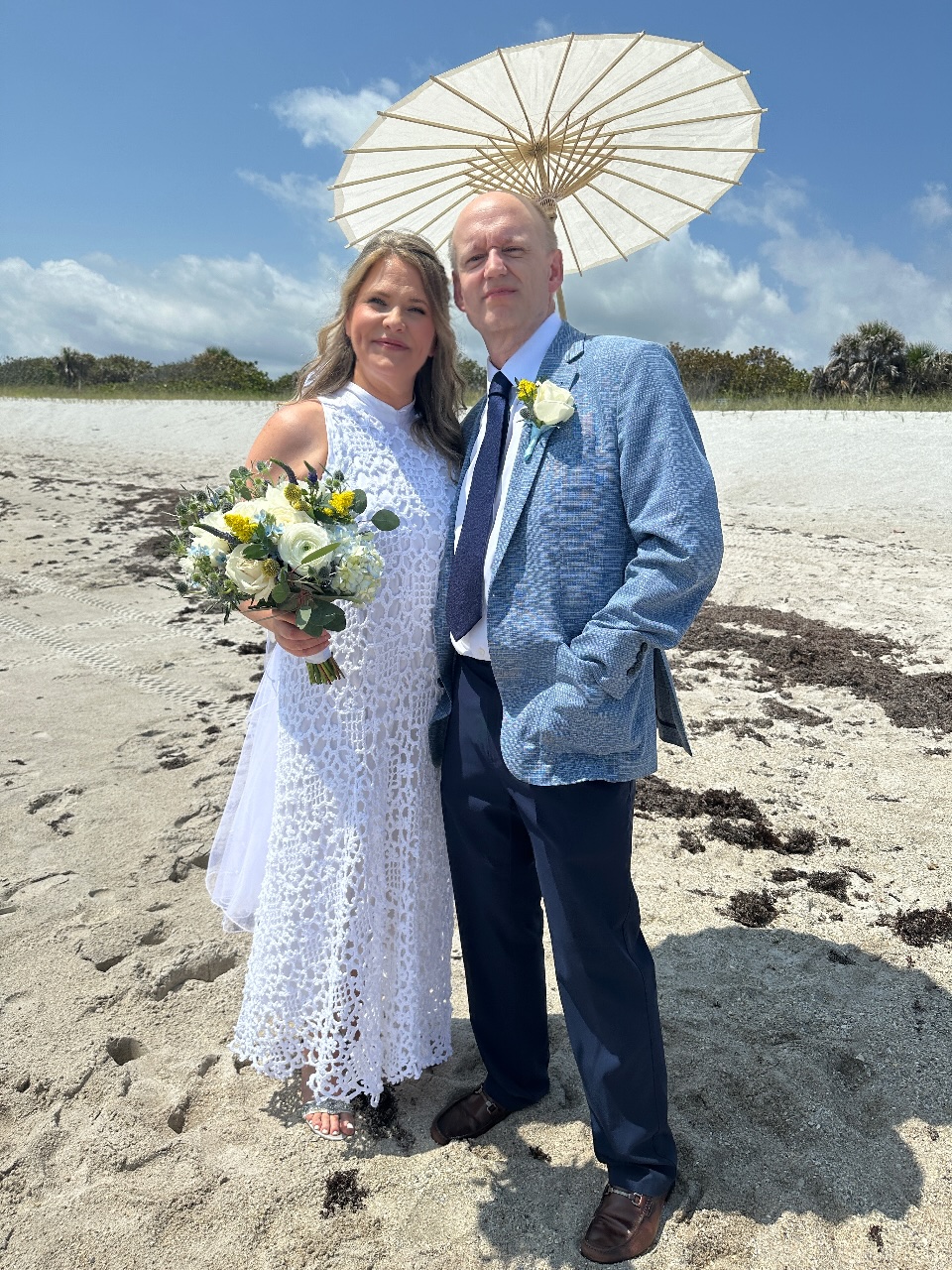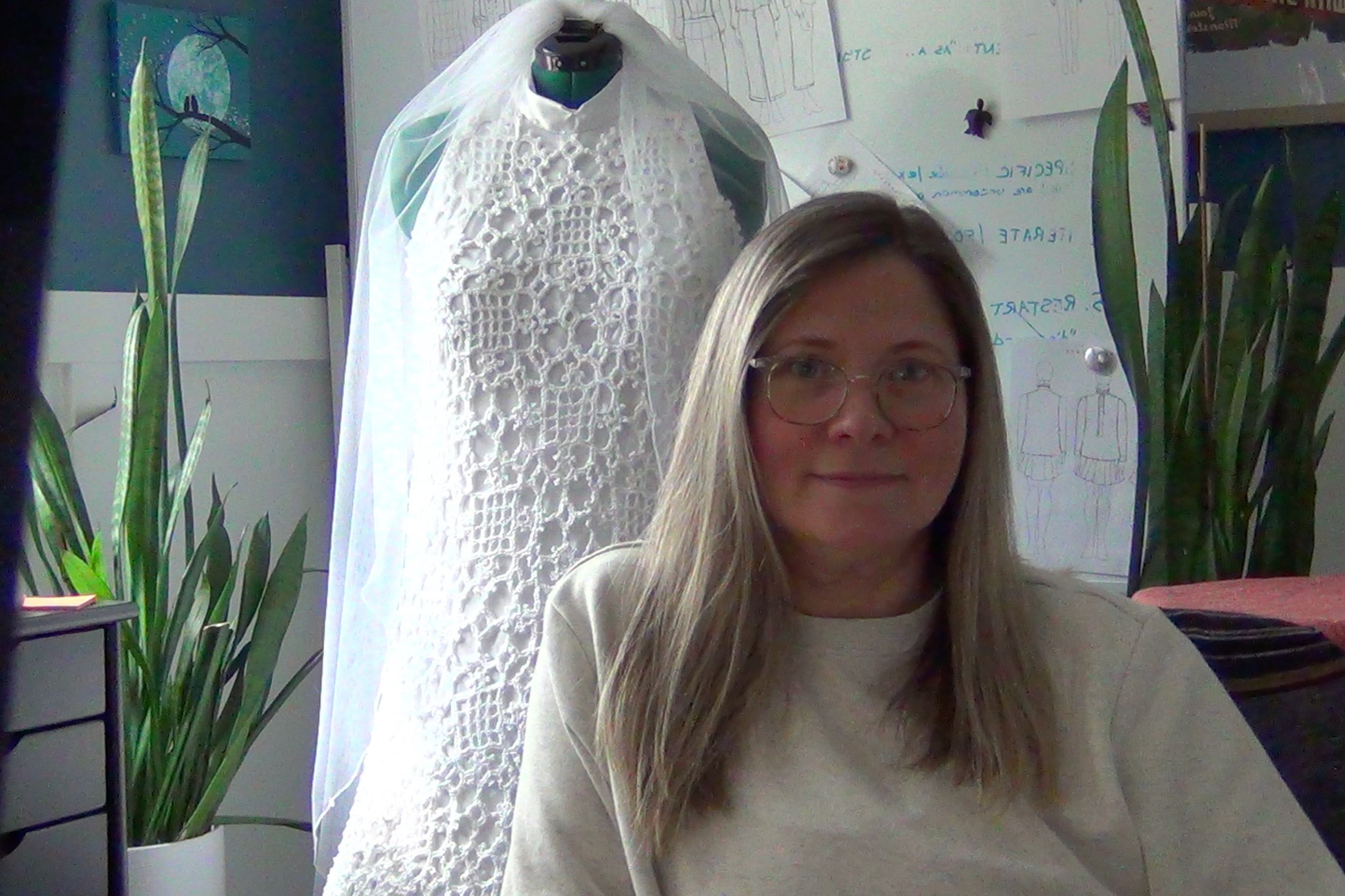How I Used Product Management Skills to Create My Wedding Gown (and saved so much money, my lord)
Product management isn't just a profession, it's a lifestyle! Here are just some of the PM best practices I used to save money on my wedding without compromising my dream. Specifically? I made my own wedding gown.

Taking the Leap: When I decided to make my own wedding gown, I was embarking on a journey into unknown territory. I'd never made a garment before, let alone a gown. But with my product management skills and a lifetime of crafting, I knew I could do it, even under pressure. Still... the first and most important step was bravery. I shared my plan with stakeholders early on, and despite many well-meaning attempts to dissuade me, I trusted my abilities.
Managing risk is key in product management, and having confidence in my ability to manage foreseeable risks allowed me to welcome feedback while confidently navigating the warnings.

- Defining the Mission: My gown needed to be flattering, modest, photogenic, practical for a beach wedding, and budget-friendly. I had five months to achieve this. Staying focused on concrete requirements kept me grounded and motivated throughout the process, and I frequently recentered back to them at key decision times.
SWOT (Strengths, Weaknesses, Opportunities, Threats) Analysis: Drafting a SWOT diagram was crucial. With over 20 years of crochet under my belt, I knew I could create professional-grade lace. However, sewing charmeuse silk was new territory. I had to decide whether to invest in learning this skill or find alternatives. Ultimately, I mastered both the lace and the sewing, opening up a new passion for making my own clothes.

Scoping the Project: Years of product management taught me to define a minimum viable product (MVP) and clarify the problem the gown needed to solve—a flattering silhouette. I opted for an Irish lace piecework approach, allowing for adjustments as I lost weight and the ability to tweak the design multiple times. This iterative method proved invaluable. If things were going in the wrong direction, I'd just separate all the pieces and drape it on the dress form again until it achieved the required effect.
I made a strapless version of the dress with a sweetheart bodice. You know how sometimes you do a thing because that's just the most conventional way to do it, and then it just fails? Fails so fast and so utterly, you're almost grateful for the clarity? That was me and the strapless. Hilarious. If I hadn't prioritized flexibility from the onset, I wouldn't have been able to pivot so quickly.

Collaboration is Key: I sought advice and shared progress with a community of friends and colleagues. Displaying the work-in-progress behind me during video calls sparked conversations and generated helpful feedback. As the big day neared, their support and suggestions, like considering a corset or petticoat, were incredibly valuable, though in the end we all agreed that the dress didn't need it.
Prioritize Features and Manage Defects: Despite the fact that it would require a noticeable seam on the base layer skirt, I prioritized a last minute addition that mattered—the elegant flare of a trumpet skirt. This seam "defect" was hidden beneath the lace and exemplifies agile methodology: accepting low severity imperfections to deliver impactful features.
Creating my own wedding gown was a testament to the power of product management skills. It saved me thousands of dollars and gave me a gown that was perfectly fitted, appropriate to the occasion, and met all my requirements.

The Takeaway: Counting the necessary investment in tools and training, this gown cost $700 to produce, whereas the average wedding gown at retail costs $2,100. So this definitely represented a significant savings, with no perceivable diminishment of client satisfaction. In fact, I was very happy and the dress was that much more meaningful for having been handmade. I also gained a lot of skills that will deliver long-term value and a set of patterns I can use to create custom fitted dresses and blouses for myself in the future. Admittedly, I love product -- the planning, the craft, the process of execution, all of it -- but the sheer profitability of this venture made it a no-brainer for me.

This is what you can do when you know how to deliver product. And hey! I'm looking for my next opportunity if your company is looking for someone with my skills! Let's connect.